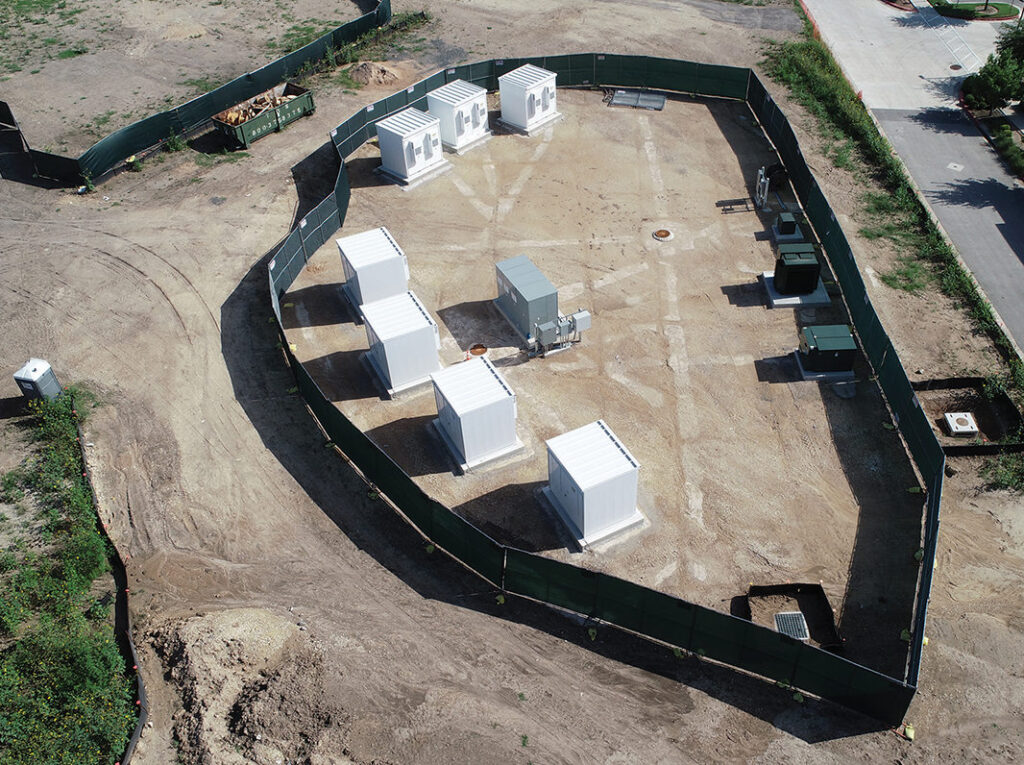Resource Planning Continues to Get More Complicated – What You Should Know

Resource planning has changed a lot over the last five years, with the increase in intermittent renewables and distributed energy sources. In 2018, the piece Are DER Heavy Utilities Being Held Captive by Technology Limitations?, posited that analytical tools for used for planning are no longer adequate. Flash forward to 2020 and there are more elements in integrated resource planning (IRP) to consider. Data and analytics will be critical to getting all of it right. What’s new?
Decarbonization is a Real Goal
Decarbonization is on the agenda for utility companies, joining renewable generation goals. According to the Smart Electric Power Alliance, 66% of US utility customer are served by a utility that has carbon or emission reduction goals. Goals are one thing; getting there is another. That may be why Tucson Electric Power is collaborating with the University of Arizona’s Institute for the Environment (UAIE) to develop science-based targets[1] specific to its territory as part of its 2020 Integrated Resource Plan.
Implications for analytics: The TEP effort will be worth following as it involves working closely with a third party to integrate targets into the modelling.
Energy Storage is Now
Utilities have begun to include energy storage in their IRPs, as costs have declined. A recent study by Wood MacKenzie found that the combined resource plans of 10 utilities anticipate 6.3 gigawatts of battery deployments from 2020 to 2029.
Glendale Water and Power is one utility that has incorporated battery storage into its portfolio. Before battery storage became competitive, the utility had considered a gas peaker plus renewables to replace a retiring power plant.[2]
In its Integrated Resource Plan for 2019-2030, the utility modeled 13 scenarios “with a goal of providing the cleanest power possible while maintaining reliability at a reasonable cost in a transmission constrained location.” Ascend Analytics’ production cost software PowerSimm was used to support the modeling. The best option was a combination of energy efficiency, demand response, behind the meter and utility- scale batteries, along with internal combustion engines to provide flexible local backup generation.
What is interesting about this exercise is that it also identified a least-cost path to getting to 100% net zero carbon by replacing engine fuel with carbon neutral methane produced using renewable power in the future.[3]
Implications for analytics: According to a recent study by PNNL, “Traditional utility resource planning models are not designed to evaluate the unique flexibility and grid service benefits that energy storage can provide. This means that energy storage technologies will be undervalued unless utilities update their modeling practices to account for those benefits.”
Public Participation is a Must
More utilities are including stakeholder engagement in their IRP processes. The state of Michigan encourages early stakeholder involvement in IRPs. CPS Energy recently put out an RFP for consulting services related to the IRP process including public participation. TEP formed an IRP
Advisory Council to improve stakeholder engagement through in‐depth discussions with a diverse group of customers, community leaders and advocacy groups.
Implications for analytics: Expect that stakeholders will be engaged enough to ask about what is behind the modeling. Analytics platforms that can help with transparency of data and assumptions will be useful to this process.
There is a lot to tackle for utilities and even more in the future as electrification takes hold.
[1] According to the Science-Based Target Initiative, “Targets adopted by companies to reduce greenhouse gas (GHG) emissions are considered “science-based” if they are in line with what the latest climate science says is necessary to meet the goals of the Paris Agreement.”
[2] See Another California City Drops Gas Peaker in Favor of Clean Portfolio, GTM, 2019.
[3] Joe Ferrari, Wartsila, The Interchange: The Key to Unlocking 100% Renewables, 2019.





